How to Build a Frog Pond: Step-by-Step Guide for Constructing a Pond for Frogs
Are you interested in creating a natural habitat for frogs in your backyard? A frog pond is a great way to attract and support a variety of frog species, while also providing a beautiful water feature for your garden. However, building a frog pond requires careful planning and execution to ensure that the pond is safe and suitable for the frogs.
Why Build a Frog Pond?
Frogs play an important role in the ecosystem by controlling insect populations and serving as a food source for other animals. However, many frog populations are declining due to habitat loss and pollution. By building a frog pond, you can help support local frog populations and create a sustainable environment for them to thrive.
Step-by-Step Guide to Building a Frog Pond
Building a frog pond requires careful planning and execution. Here are the basic steps to building a frog pond:
- Choose a suitable location for your pond
- Design and plan your pond
- Excavate the pond area
- Install a pond liner or preformed pond
- Add rocks, plants, and other features to the pond
- Fill the pond with water
- Introduce frogs to the pond
Conclusion
Building a frog pond is a rewarding and fulfilling project that can provide a natural habitat for frogs and enhance the beauty of your garden. By following this step-by-step guide, you can create a safe and sustainable environment for frogs to thrive.
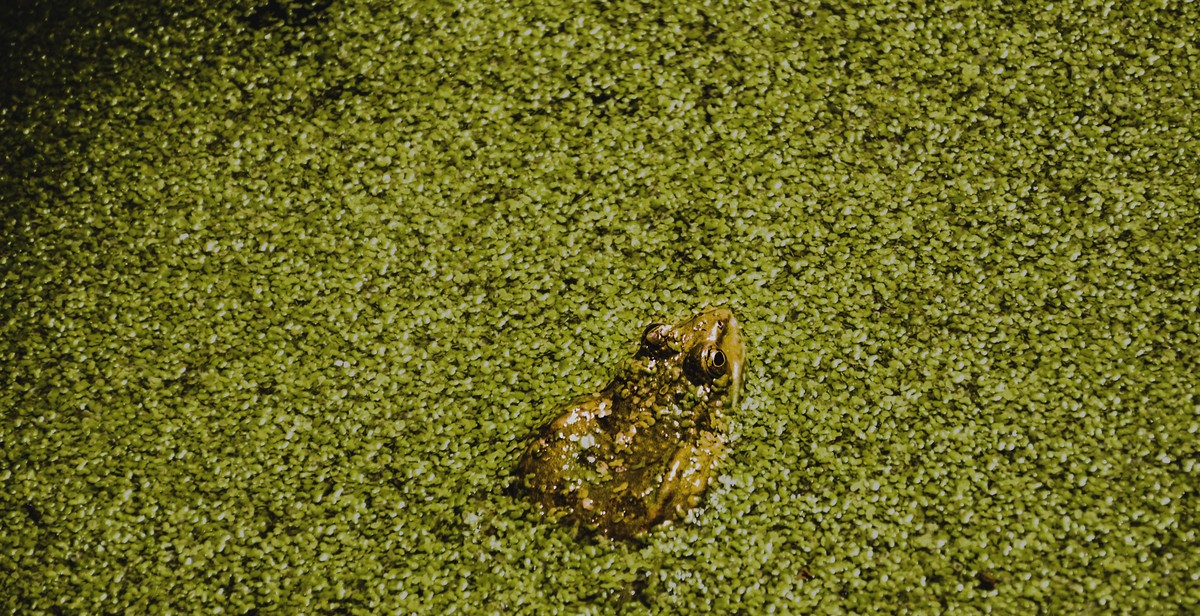
Why Build a Frog Pond?
Building a frog pond in your backyard can be a rewarding and fulfilling experience. Not only does it provide a natural habitat for frogs, but it also has several benefits for you and the environment.
Benefits of a Frog Pond
- Attracting Wildlife: A frog pond can attract a variety of wildlife to your backyard, including birds, dragonflies, and other insects. This can create a beautiful and natural ecosystem in your own backyard.
- Reducing Pest Population: Frogs are natural predators of insects and can help reduce the population of pests such as mosquitoes in your backyard.
- Education and Entertainment: A frog pond can be a great educational tool for children and adults alike. Watching the life cycle of the frogs and other wildlife can be both entertaining and educational.
Environmental Impact of a Frog Pond
Building a frog pond can also have a positive impact on the environment. By creating a natural habitat for frogs and other wildlife, you are helping to support biodiversity and promote a healthy ecosystem.
| Environmental Benefits | How a Frog Pond Helps |
|---|---|
| Water Conservation | A frog pond can help conserve water by providing a natural source of water for wildlife. |
| Reducing Runoff | A frog pond can help reduce runoff by absorbing rainwater and filtering pollutants. |
| Promoting Biodiversity | By creating a natural habitat for frogs and other wildlife, you are helping to promote biodiversity and support a healthy ecosystem. |
Overall, building a frog pond can be a great way to support wildlife, promote a healthy ecosystem, and create a beautiful and natural environment in your own backyard.
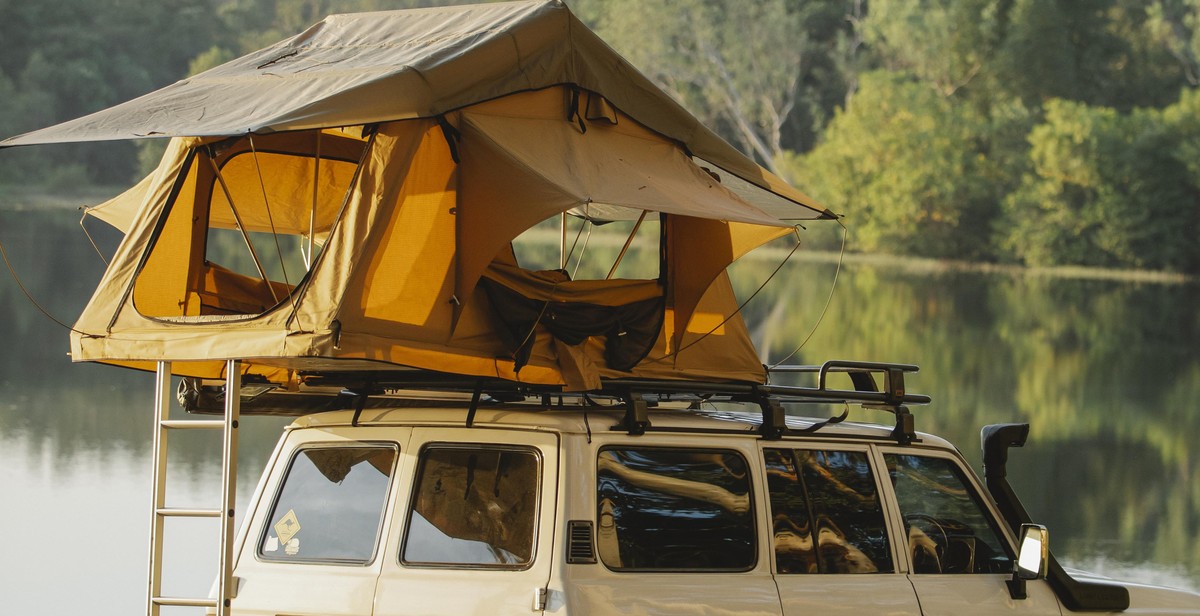
Choosing a Location for Your Frog Pond
When it comes to building a frog pond, choosing the right location is crucial. Here are some factors to consider when selecting a spot:
Sunlight and Shade
Frogs need a mix of sunlight and shade. Too much sun can cause the water to evaporate too quickly, while too much shade can prevent algae growth, which is necessary for the frogs’ food. Therefore, it’s important to choose a spot that gets a balance of both. If you live in a hot climate, consider a location that receives morning sun and afternoon shade to prevent the water from overheating.
Proximity to Water Source
It’s important to have a water source nearby for your frog pond. A nearby water source ensures that your pond stays full and doesn’t dry out. If you don’t have a natural water source, you can use a hose or rainwater collection system. Just be sure to keep the water clean and free of chemicals that can harm the frogs.
| Factors | Considerations |
|---|---|
| Sunlight and Shade | A balance of both is important for algae growth and preventing evaporation. |
| Proximity to Water Source | Having a nearby water source ensures the pond stays full and doesn’t dry out. |
By considering these factors, you can choose the perfect location for your frog pond. This will help ensure that your frogs are happy and healthy in their new home.
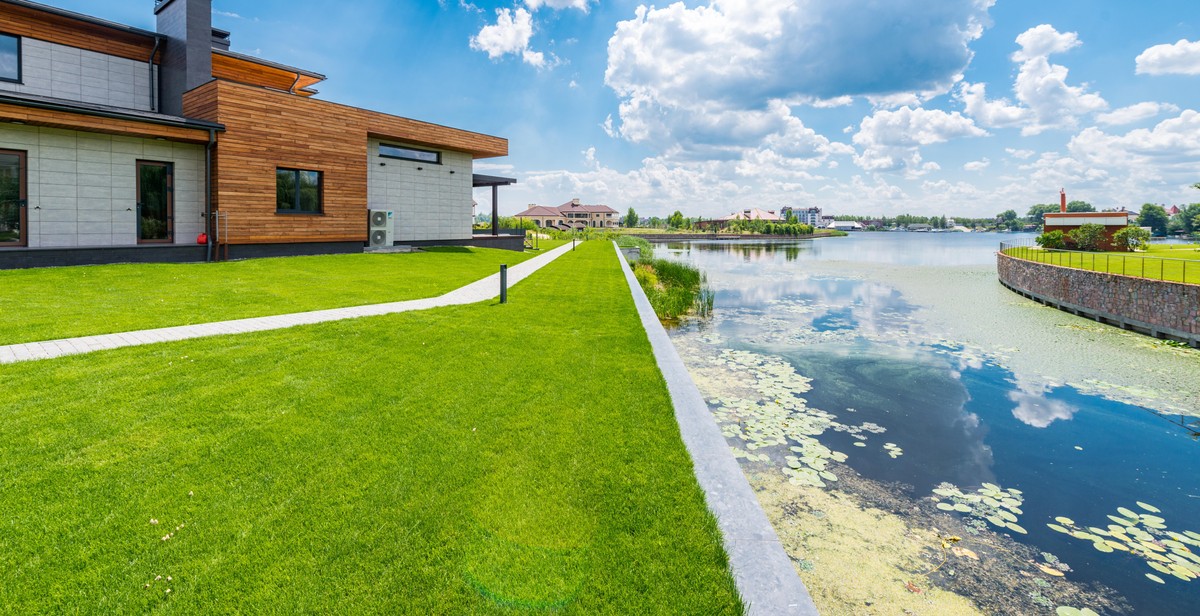
Designing Your Frog Pond
Designing your frog pond is an important step in building a successful habitat for these amphibians. Here are some key factors to consider:
Size and Depth
The size and depth of your frog pond will depend on the number and species of frogs you want to attract. Generally, a pond that is at least 2 feet deep and 4-6 feet in diameter is suitable for most species. However, larger ponds can accommodate more frogs and provide a greater variety of habitats.
Shape and Contours
The shape and contours of your frog pond can impact the types of plants, insects, and other creatures that will thrive in the area. A pond with a variety of depths, shelves, and slopes can provide different habitats for frogs at different stages of their life cycle. Consider adding rocks, logs, and other features to create hiding places and basking spots for your frog friends.
Materials
The materials you choose for your frog pond can also impact its success. A pond liner made of EPDM rubber or PVC is a popular choice for its durability and flexibility. You can also use natural materials like clay or sand to create a more organic look. Make sure to avoid using any materials that may be toxic to frogs or other wildlife.
With these factors in mind, you can design a frog pond that is both functional and beautiful, providing a safe and welcoming habitat for these fascinating creatures.
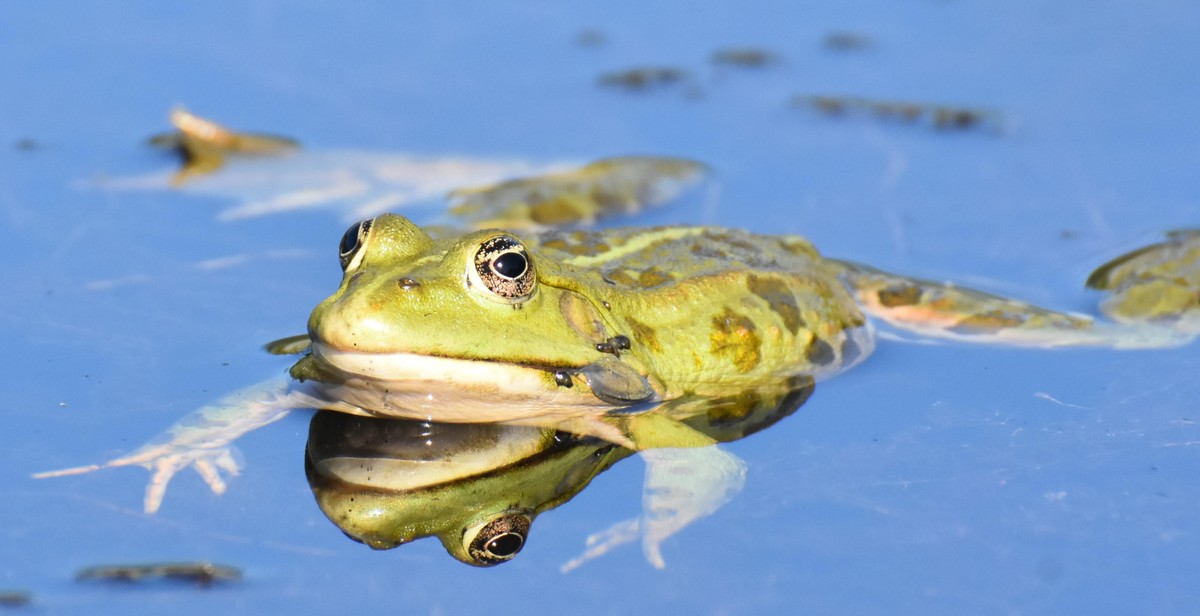
Preparing the Site
Before starting the construction of a frog pond, it is important to prepare the site properly. This includes clearing vegetation and excavating the site.
Clearing Vegetation
The first step in preparing the site is to clear away any vegetation in the area where the pond will be located. This includes grass, weeds, bushes, and trees. It is important to remove all vegetation, as it can interfere with the construction process and potentially contaminate the pond.
- Use a shovel or hoe to remove grass and weeds from the area.
- Trim bushes and shrubs with pruning shears or a saw.
- Cut down any trees with a chainsaw or handsaw.
- Dispose of all vegetation properly by composting or taking it to a green waste facility.
Excavating the Site
Once the vegetation has been cleared, the site needs to be excavated. This involves digging a hole for the pond and creating a sloping edge to allow easy access for the frogs.
- Mark out the area where the pond will be located using spray paint or stakes and string.
- Use a shovel or excavator to dig a hole for the pond, making sure it is deep enough to hold water and accommodate the desired size of the pond.
- Create a sloping edge around the perimeter of the pond, with a gradual incline to allow easy access for the frogs.
- Smooth out the bottom of the pond and remove any sharp rocks or debris.
By properly preparing the site, you can ensure a successful construction process and a healthy habitat for the frogs.
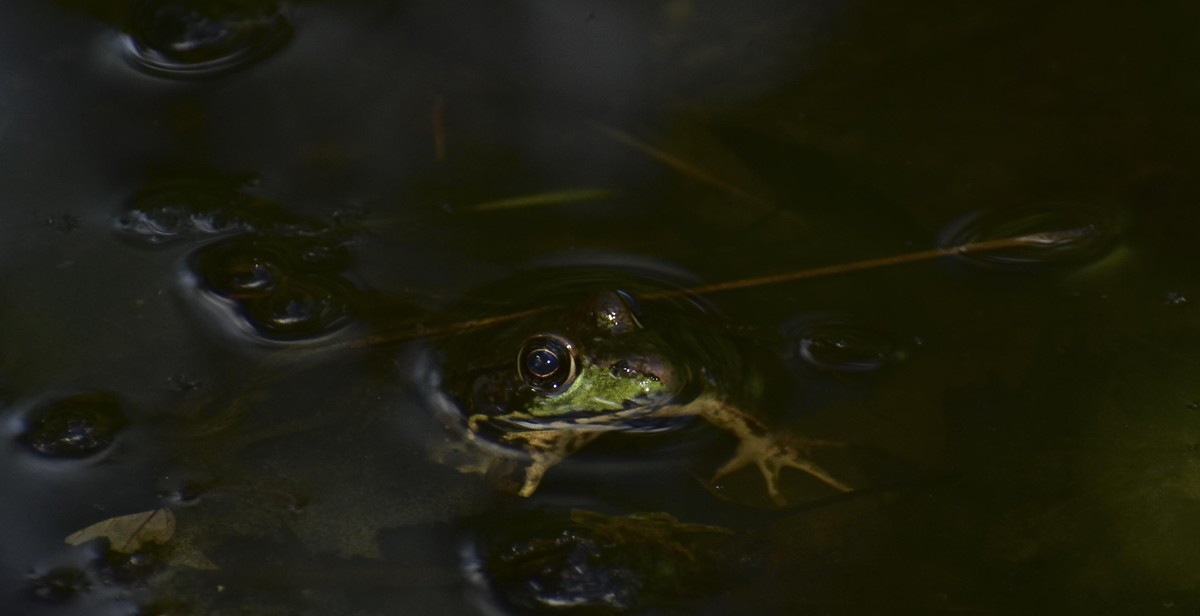
Installing the Pond Liner
After excavating the pond, the next step is to install the pond liner. The pond liner is an essential part of the pond construction process as it prevents water from seeping into the ground.
Materials Needed
- Pond liner
- Sand or underlayment
- Sharp scissors or utility knife
- Heavy-duty tape
Step-by-Step Guide
- Spread sand or underlayment evenly over the excavated pond area to provide a cushion for the pond liner.
- Unroll the pond liner over the pond area, making sure that it covers the entire area and extends over the edges of the pond by at least 12 inches.
- Smooth out any wrinkles or folds in the pond liner, making sure that there are no air pockets trapped underneath.
- Trim off any excess liner using sharp scissors or a utility knife.
- Secure the pond liner to the pond edges using heavy-duty tape. Make sure that the tape is strong enough to withstand the weight of the water.
Once the pond liner is installed, it is important to fill the pond with water immediately to prevent the liner from drying out and cracking. Leave the pond to fill up completely before moving on to the next step in the construction process.
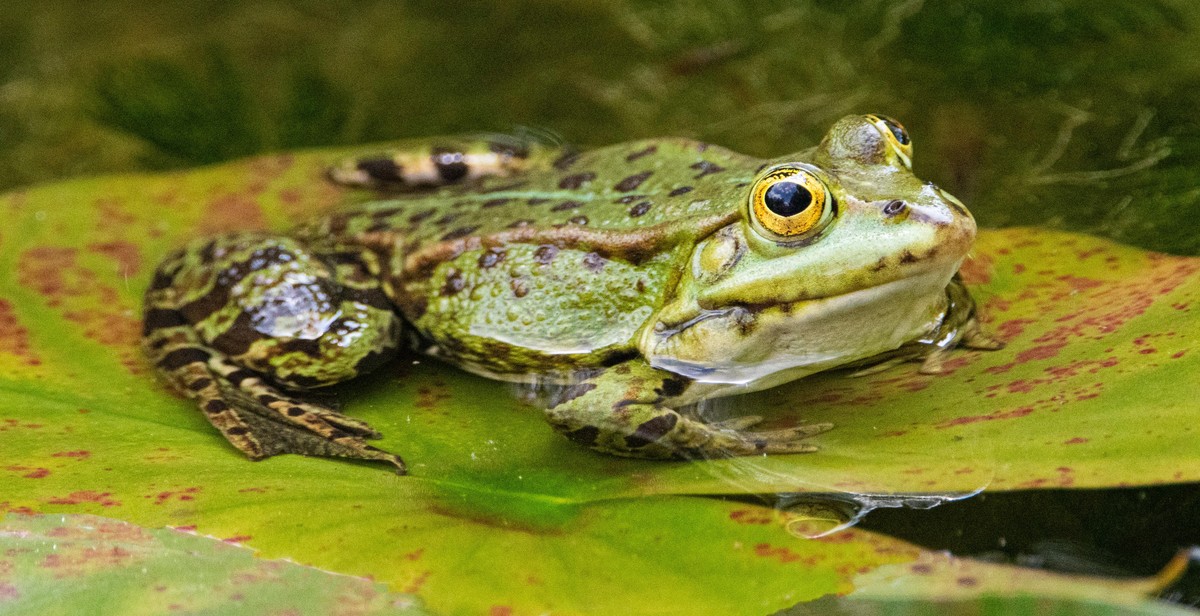
Adding Water and Finishing Touches
Now that you have completed the construction of your frog pond, it’s time to add water and some finishing touches to make it look more natural and attractive to frogs.
Filling the Pond
Before filling the pond with water, remove any debris or dirt that might have accumulated during the construction process. Once the pond is clean, you can start filling it with water. Use a garden hose to add water slowly to avoid disturbing the plants and rocks in the pond. Fill the pond until the water level is about 6 inches from the top.
Adding Plants
Adding plants to your frog pond is important because they provide cover and shade for frogs. Choose native aquatic plants such as water lilies, cattails, and duckweed. Arrange the plants in a way that creates a natural-looking environment. You can also add some floating plants to provide shade and cover for the frogs.
Adding Rocks
Adding rocks to your frog pond not only enhances its appearance but also provides a basking area for the frogs. Choose rocks that are flat and smooth, and arrange them around the pond’s edge. You can also place some rocks in the shallow areas of the pond to create a natural-looking waterfall effect.
By adding water, plants, and rocks to your frog pond, you have created a natural-looking environment that will attract frogs to your backyard. With a little patience, you will soon be able to enjoy watching these fascinating creatures in their new home.
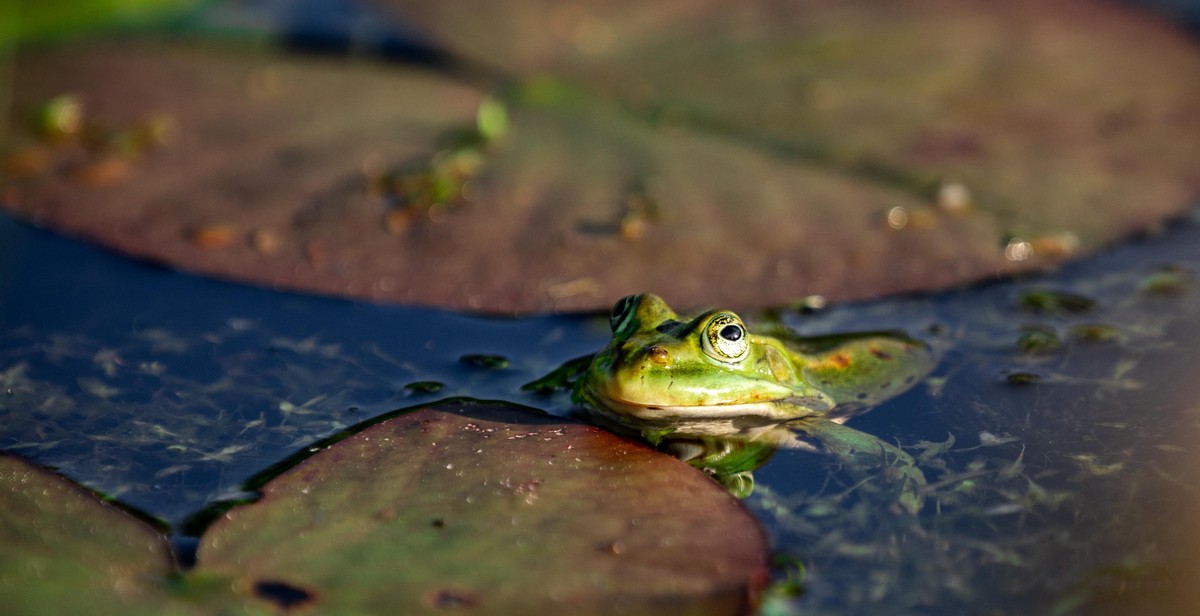
Maintaining Your Frog Pond
Once you have built your frog pond, it is important to maintain it properly to ensure the health and safety of your frog inhabitants. Here are some tips on how to maintain your frog pond:
Water Quality
The water quality of your frog pond is crucial for the health of your frogs. You should regularly test the water quality and make any necessary adjustments. The pH level should be between 6.5 and 7.5, and the water should be free of any harmful chemicals or pollutants. You can use a pond filter or add plants to help maintain the water quality.
Cleaning
Regular cleaning of your frog pond is necessary to prevent the buildup of debris and harmful bacteria. You should remove any dead leaves, branches, or other debris that may fall into the pond. You can also use a pond vacuum to clean the bottom of the pond. It is important to avoid using any harsh chemicals or detergents when cleaning your frog pond.
Maintenance
Regular maintenance of your frog pond will help ensure that it continues to provide a safe and healthy environment for your frogs. You should check the pond regularly for any signs of damage or leaks. You should also check the water level and add water as needed. It is important to remove any excess algae or plant growth that may occur in the pond.
| Task | Frequency |
|---|---|
| Test water quality | Weekly |
| Remove debris | Weekly |
| Clean pond bottom | Monthly |
| Check for damage or leaks | Monthly |
| Remove excess algae or plant growth | As needed |
By following these tips, you can maintain a healthy and safe environment for your frog inhabitants. Regular maintenance and cleaning will ensure that your frog pond remains a beautiful and enjoyable addition to your outdoor space.
